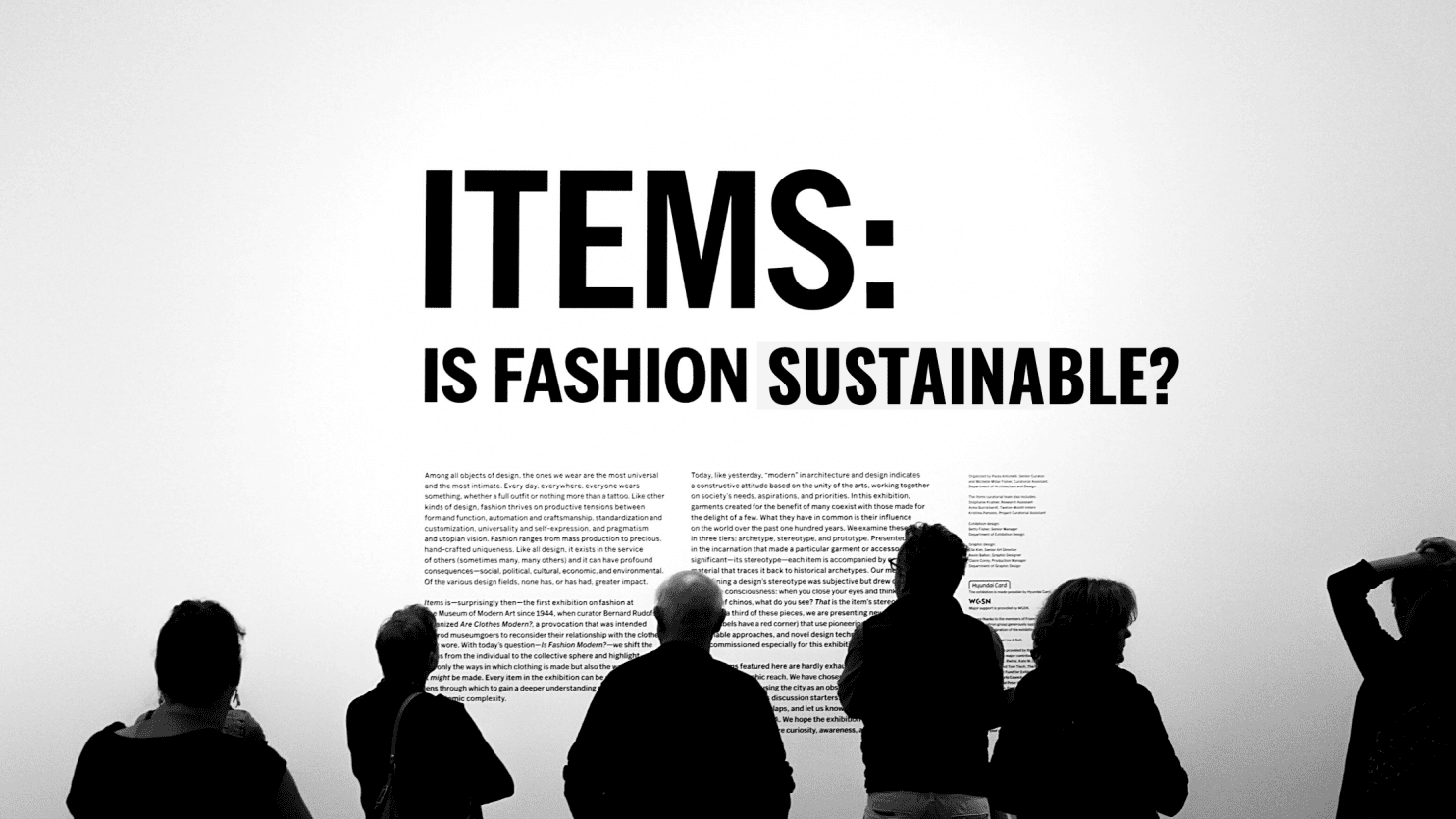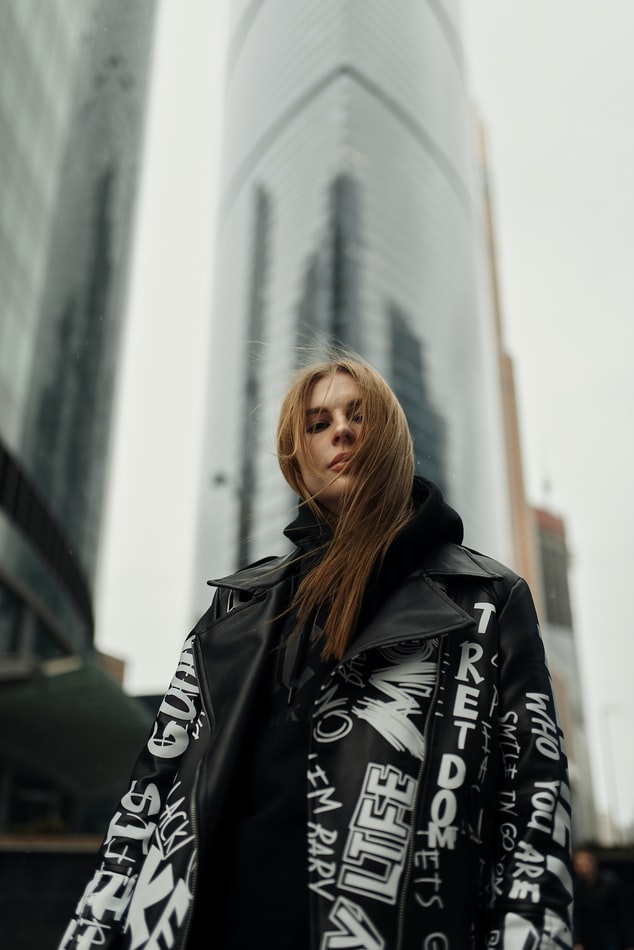 Looking up the word sustainability on Google, it will be defined as “the ability to be maintained at a certain rate or level.” That can mean a lot of things, but what does it mean when applied to the fashion industry? Is it secondhand shopping, purchasing from brands that are ethical, using vegan leather or recycled materials? What does being sustainable in the fashion world really mean, and what does it mean to you?
Looking up the word sustainability on Google, it will be defined as “the ability to be maintained at a certain rate or level.” That can mean a lot of things, but what does it mean when applied to the fashion industry? Is it secondhand shopping, purchasing from brands that are ethical, using vegan leather or recycled materials? What does being sustainable in the fashion world really mean, and what does it mean to you?
The importance of sustainability isn’t a new conversation. For years now designers, creators, and other professionals within the industry have been working to shed light on the idea of being environmentally friendly. With the help of mainstream media, sustainability has become an initiative that has expanded the original definition, and presented challenges to the fashion industry.
Impact of Celebrities and Influencers
 #thrifted #sustainable #ethical #vintage hashtag HASHtag HASHTAG.
#thrifted #sustainable #ethical #vintage hashtag HASHtag HASHTAG.
Celebrities and influencers have become a huge part of the fashion industry. Millions tune into what they post on Instagram and other social networks and their #outfitoftheday posts.
They wear clothes and instantly everyone wants to purchase them. When an individual has the ability to impact a large group of people, it is vital to be intentional with what you say or do. There are many influencers/ creators on Instagram who strive to share the importance of shopping sustainably. Many pride themselves on wearing brands that are eco-friendly and ethical but also on having conscious closets whether that means thrifting their clothes or embracing a minimalistic approach. When their followers see this type of content, they become inspired to do the same.
 This also works well for celebrities, many showcasing the importance of sustainability in the fashion industry. For example, Emma Watson created the IG handle @the_press_tour to display her sustainable high fashion pieces. On her Instagram page, she promotes that you can still dress in high fashion pieces while being sustainable. Rosario Dawson, the co-founder of Studio 189, also known as a sustainable fashion brand, not only provides comfort, while still looking good but also prides itself on empowerment and creating opportunities for those within its organization. Stella McCartney is a pioneer of sustainable high fashion, using organic cotton, ethically sourced wool, and recycled textiles in her production. The foundation of McCartney’s label became rooted in being conscious to not use real leather. Women in the world of fashion.
This also works well for celebrities, many showcasing the importance of sustainability in the fashion industry. For example, Emma Watson created the IG handle @the_press_tour to display her sustainable high fashion pieces. On her Instagram page, she promotes that you can still dress in high fashion pieces while being sustainable. Rosario Dawson, the co-founder of Studio 189, also known as a sustainable fashion brand, not only provides comfort, while still looking good but also prides itself on empowerment and creating opportunities for those within its organization. Stella McCartney is a pioneer of sustainable high fashion, using organic cotton, ethically sourced wool, and recycled textiles in her production. The foundation of McCartney’s label became rooted in being conscious to not use real leather. Women in the world of fashion.
Evolution of Fashion
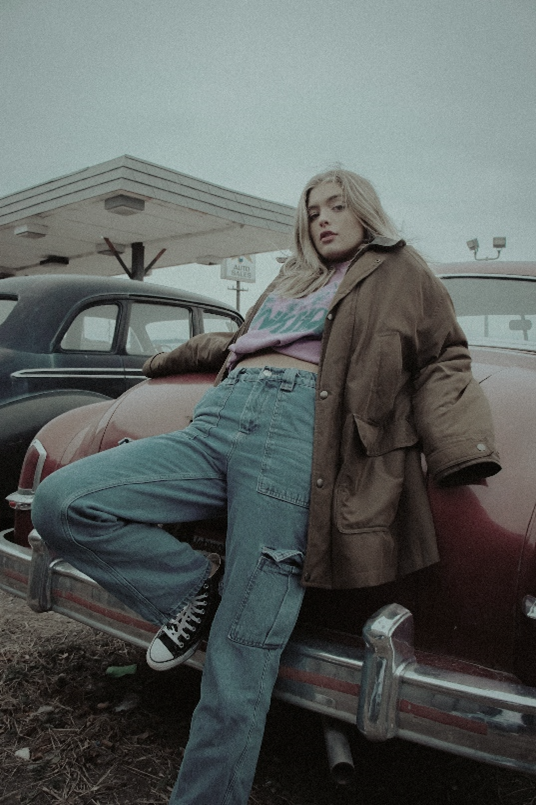 It is commonly known that the evolution of fashion repeats itself. Today the rise of vintage wear, thrifted mom jeans from the ’90s, styled with an oversized tee or button-up from the men’s section is a popular trend. The number of styles that can be put together from thrifting/ secondhand shopping is unimaginable, especially in an era where anything can be considered “a look” just as long as you rock it confidently. Not only is it more sustainable, but it is also a fun and creative approach to work with a “limited” amount of clothing. According to The State Press, “The secondhand market will double, with an increase from $24 billion in 2018 to $51 billion in 2023.” This significant shift in consumer behavior sparks many questions: Why? What about second-hand clothes is fashionable and exciting? What impact does this have on the economy?
It is commonly known that the evolution of fashion repeats itself. Today the rise of vintage wear, thrifted mom jeans from the ’90s, styled with an oversized tee or button-up from the men’s section is a popular trend. The number of styles that can be put together from thrifting/ secondhand shopping is unimaginable, especially in an era where anything can be considered “a look” just as long as you rock it confidently. Not only is it more sustainable, but it is also a fun and creative approach to work with a “limited” amount of clothing. According to The State Press, “The secondhand market will double, with an increase from $24 billion in 2018 to $51 billion in 2023.” This significant shift in consumer behavior sparks many questions: Why? What about second-hand clothes is fashionable and exciting? What impact does this have on the economy?
Before the thrill of thrifting began, second-hand stores were often looked at as low-income, holding a negative stigma towards those who shopped there. An article in the Chicago Tribune featured the experience of a resale boutique that opened in 2008. Initially, the public was turned off by the vintage resale merchandise. Now with the shift in consumer motivation, the store is booming more than ever, as customers support the trend of thrifting and vintage clothing.
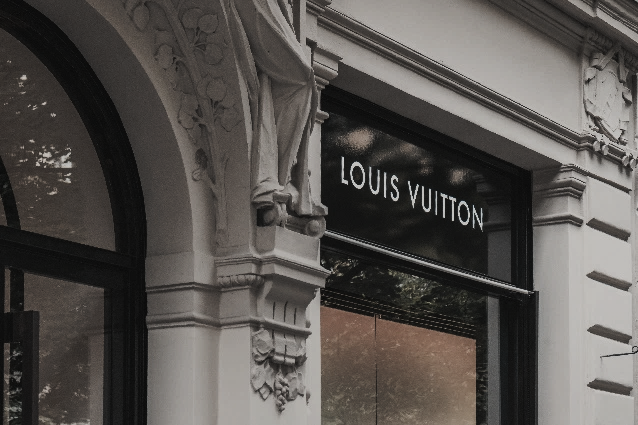 Today, many entrepreneurs are opening up resale stores with their own hand-picked vintage favorites, in which many sell at luxury prices. Sophia Amoruso, the founder of Nasty Gal, is a great example. In her early twenties, she began reselling vintage pieces on her eBay store, Nasty Gal Vintage. Her success brought in millions of dollars, which led to her own online boutique, Nasty Gal. When the media got a hold of her story, Amoruso blew up, and Netflix created a show called Girlboss, sharing her young adult life and her journey of starting Nasty Gal Vintage. Resale stores are now popping up everywhere and this category of apparel retail is proving to be increasingly more profitable. Online resale stores such as TheRealReal and threadUP are taking the retail world by storm, selling luxury brand items at an affordable price. Although many people who thrift may not be doing it for sustainable reasons, it is still an act of sustainability, and that matters.
Today, many entrepreneurs are opening up resale stores with their own hand-picked vintage favorites, in which many sell at luxury prices. Sophia Amoruso, the founder of Nasty Gal, is a great example. In her early twenties, she began reselling vintage pieces on her eBay store, Nasty Gal Vintage. Her success brought in millions of dollars, which led to her own online boutique, Nasty Gal. When the media got a hold of her story, Amoruso blew up, and Netflix created a show called Girlboss, sharing her young adult life and her journey of starting Nasty Gal Vintage. Resale stores are now popping up everywhere and this category of apparel retail is proving to be increasingly more profitable. Online resale stores such as TheRealReal and threadUP are taking the retail world by storm, selling luxury brand items at an affordable price. Although many people who thrift may not be doing it for sustainable reasons, it is still an act of sustainability, and that matters.
The Impact of Fast Fashion
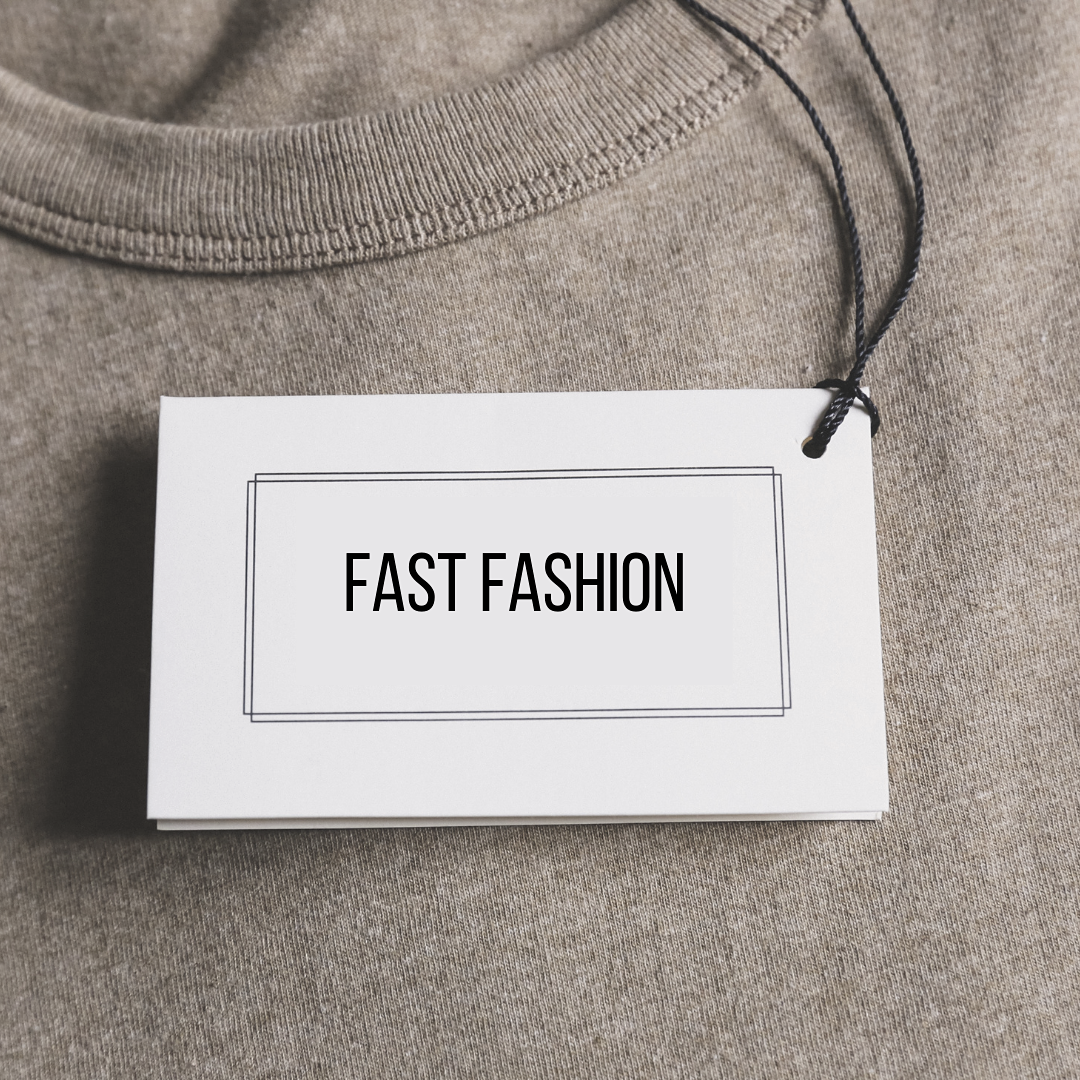 Many brands that fall into the fast fashion category are making it easy for consumers to find the hottest trends for the moment in time. With the growth of social media, fashion trends change ever so quickly, creating a want for new pieces at a rapid demand. The fast fashion category often designs and produces garments at a non-traditional manufacturing production cycle. With the help of influencers, being brand ambassadors, items sell at an alarming rate. A frequent compromise in garments produced in the fast fashion model lack quality, while sustainability and ethical production are also a concern.
Many brands that fall into the fast fashion category are making it easy for consumers to find the hottest trends for the moment in time. With the growth of social media, fashion trends change ever so quickly, creating a want for new pieces at a rapid demand. The fast fashion category often designs and produces garments at a non-traditional manufacturing production cycle. With the help of influencers, being brand ambassadors, items sell at an alarming rate. A frequent compromise in garments produced in the fast fashion model lack quality, while sustainability and ethical production are also a concern.
Sustainable Shopping
 Despite the popularity, now more than ever people are aware of the key issues behind fast fashion. Additionally, people are becoming eager to learn more about sustainability. With the amount of access we have to information, and the voices of certain celebrities and influencers using their platform to spread awareness, it is encouraging to see the increase of conscientious shopping. The millennial/ Gen Z influence combined with the superpower of social media, the rise of concern for sustainability has skyrocketed. This cause has changed the perspective of consumers, making it the new wave of fashion.
Despite the popularity, now more than ever people are aware of the key issues behind fast fashion. Additionally, people are becoming eager to learn more about sustainability. With the amount of access we have to information, and the voices of certain celebrities and influencers using their platform to spread awareness, it is encouraging to see the increase of conscientious shopping. The millennial/ Gen Z influence combined with the superpower of social media, the rise of concern for sustainability has skyrocketed. This cause has changed the perspective of consumers, making it the new wave of fashion.
Is Sustainability Realistic and Viable?
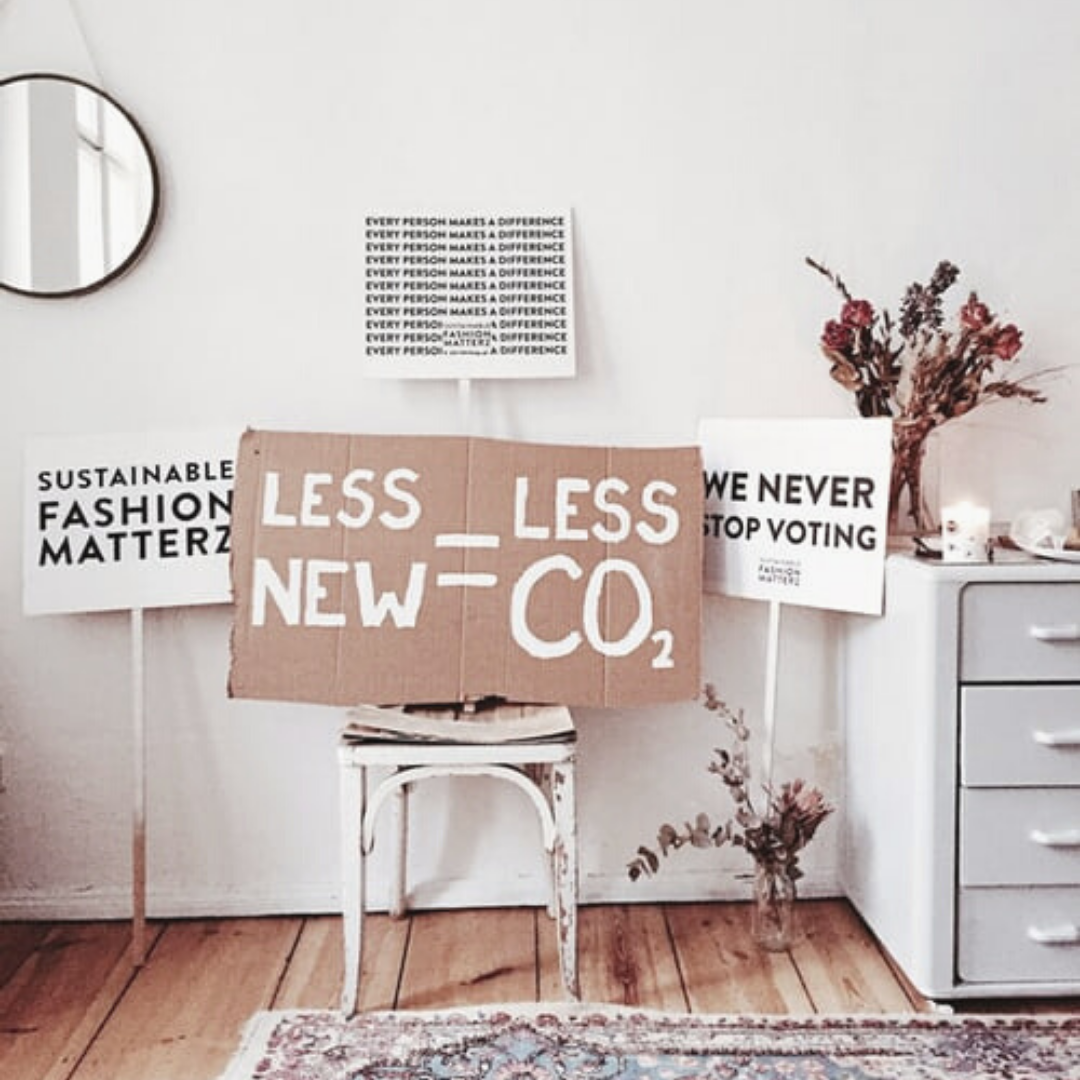 The word sustainable, not thoroughly understood, yet all too commonly used creates the question, Is sustainability realistic and viable?” In the fashion industry, many have and still are attempting to bring this concept to life. Creating garments that are eco-friendly and harmless to the planet we live on is a challenge. The truth is, the heart may be there, but the world isn’t completely there yet. From the infrastructure needed to fully support sustainable fashion to the consumer’s expectations on price and value, many challenges currently prevent this ideal. Currently, it may not be completely possible to live a 100% sustainable lifestyle, as a garment goes from farm to fashion. What is possible is building awareness around the conversations and making conscious decisions to do better each day.
The word sustainable, not thoroughly understood, yet all too commonly used creates the question, Is sustainability realistic and viable?” In the fashion industry, many have and still are attempting to bring this concept to life. Creating garments that are eco-friendly and harmless to the planet we live on is a challenge. The truth is, the heart may be there, but the world isn’t completely there yet. From the infrastructure needed to fully support sustainable fashion to the consumer’s expectations on price and value, many challenges currently prevent this ideal. Currently, it may not be completely possible to live a 100% sustainable lifestyle, as a garment goes from farm to fashion. What is possible is building awareness around the conversations and making conscious decisions to do better each day.
 Saba Desta is an experienced content curator with a demonstrated history of working in the apparel and fashion industry. With a background in Digital Media Production & Digital Journalism, her passion for creating has landed her a full-time position at Stars Design Group as the Marketing Specialist & Content Curator.
Saba Desta is an experienced content curator with a demonstrated history of working in the apparel and fashion industry. With a background in Digital Media Production & Digital Journalism, her passion for creating has landed her a full-time position at Stars Design Group as the Marketing Specialist & Content Curator.
About Stars Design Group: Founded by industry experts, Stars Design Group global fashion design and production house that helps clients bring their apparel to market. We consult, design, and facilitate production and delivery.
Understanding that the apparel industry is about evolution and not revolution, we continue to refine the way the industry does business. Embracing the latest 3D design and development software, we help to refine the design and approval process in a digital landscape, paving the way for rapid decisions and execution of programs while reducing mistakes, improving fit, minimizing returns, and increasing profit margins.
With a network of 67 factories in 14 countries worldwide, our relationships are generations deep. Being diverse in our manufacturing locations, we are nimble in an ever-evolving landscape and provide ethically manufactured apparel and accessories.

